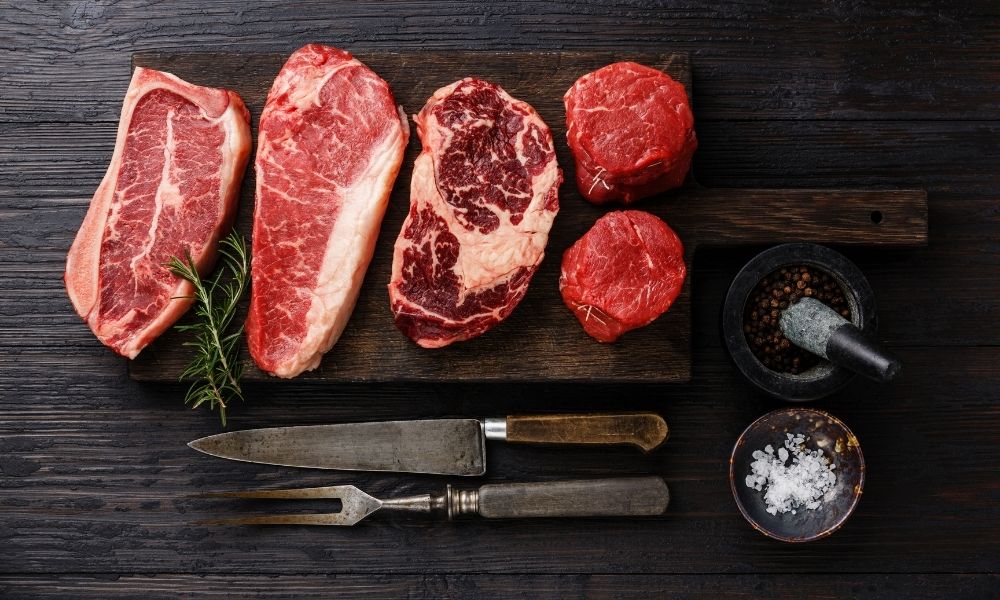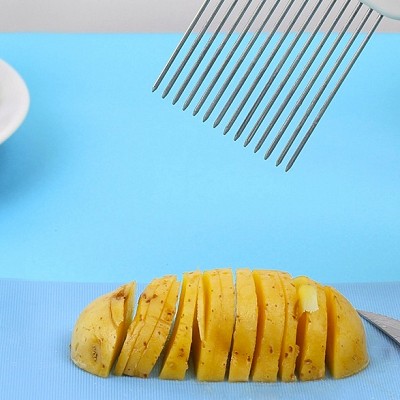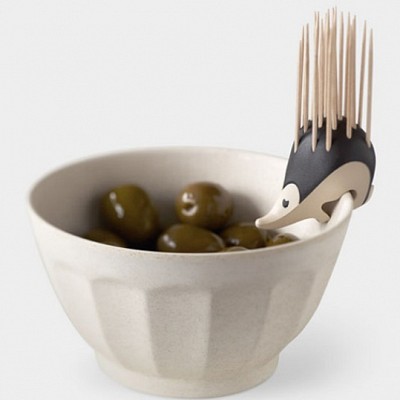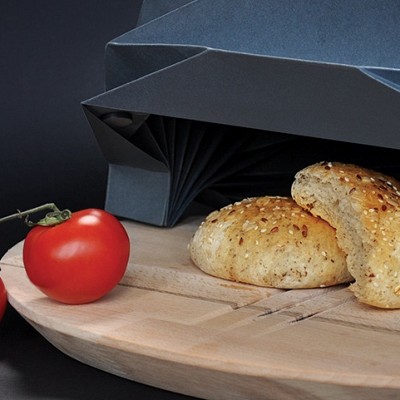Understanding all the cuts of beef on the market can be confusing, but for ambitious cooks, it can be essential. Here’s what to know about the cuts of beef.
For a chef, selecting the best cut of meat is second nature. But for the average person, choosing from the wide array of beef at the store can be confusing. You might have your go-to cuts, but are they the right choices?
With a little bit of homework, you can learn why chefs choose the cuts they choose. Meat is muscle, and some cuts are more tender than others. What if choosing flank instead of loin can make your favorite dish that much better? Here’s what to know about different cuts of beef to elevate your home cooking.
Primal Cuts
A cow is divided into eight parts, which are called primal cuts. From there, the cuts are divided into sub-primal cuts and shipped to markets and grocery stores. These cuts are then broken down further into portioned cuts at the store: the packaged meat on display at your local market.
Here’s what to know about each of the eight primal cuts:
Rib
Cut from the last six ribs and the backbone, ribs feature marbling, tenderness, and a distinctive flavor. Due to their popularity, ribs tend to be more expensive, and they do better slow cooked instead of grilled.
Chuck
Chuck comes from the shoulder and the first seven ribs. It’s inexpensive but flavorful. You’ll find it used in many different ways, including in ground beef—it’s incredibly versatile for any cooking.
Loin
Located behind the ribs, loin isn’t used very often, as it’s incredibly tender and one of the more expensive cuts of beef. This muscle is also called sirloin.
Round
Round is one of the leanest cuts, and it isn’t as tender, since it comes from the cow’s hind legs. It’s also the cut used to make beef jerky. You’ll want to use round for high heat or slow cooking.
Flank
Flank works well as steak cooked on high heat: despite its lack of tenderness, it’s highly flavorful. It was once one the least expensive cuts, but as demand for lean meats has increased, the price of flank steak has increased. It’s found just below the loin.
Short Plate
Found near the cow’s stomach, short plate is cheap and fatty. You’ll often find this cut grouped with brisket or marbled short ribs.
Brisket
Taken from the cow’s breast, brisket is well known for its ability to transform into perfection when cooked low and slow. Be sure to marinade and tenderize it first.
Shank
Often sinewy, shank comes from the cow’s forearm and is used for beef stock, ground beef, and osso buco. Usually not found in markets, shank cooks best slowly and with moisture.
Exploring what to know about the different cuts of beef can help you make an informed decision on which cuts will work best with your current recipes. It can also inspire you to experiment with new cuts and dishes!






































